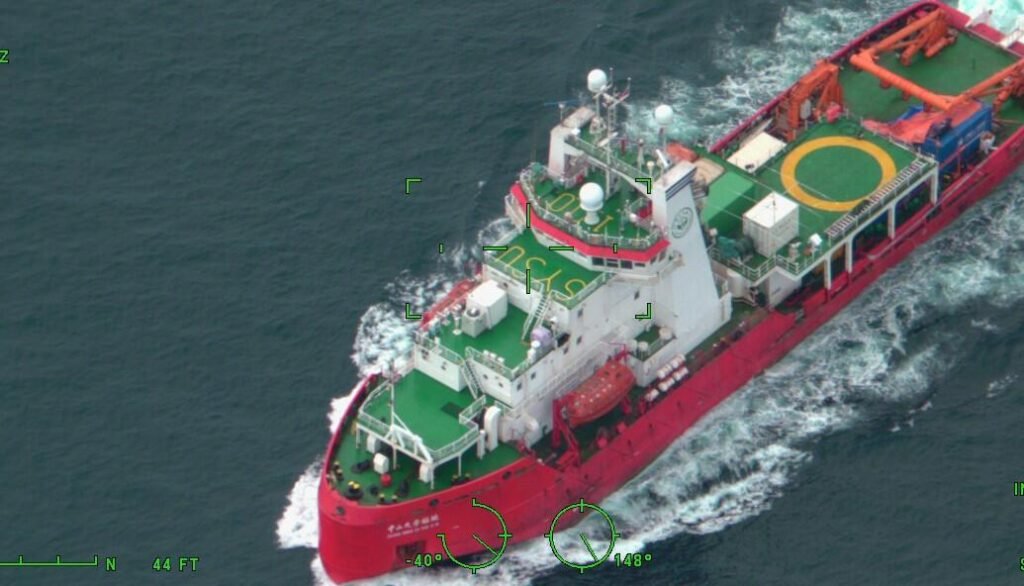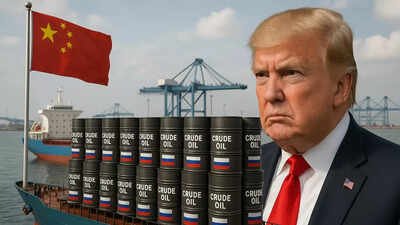As US tariffs on China surged over the past decade, South and Southeast Asia became key destinations for foreign and Chinese companies to diversify their supply chains.
But with US President Donald Trump’s protectionist swing going truly global in his second administration, these nations now find themselves caught in the crossfire – facing some of the highest tariffs in the world and a rapidly shifting global trade order that could pinch American consumers.
Many regional leaders publicly celebrated the new US tariff figures when they were released last week, keen to remind domestic audiences that they were lower than those initially threatened by Trump.
But analysts and economists warn the new levies are still historically steep and should not be shrugged off.
“It’s a gut punch to these countries and they need to try to negotiate it lower,” said Dan Ives, global head of research at financial services firm Wedbush Securities. “The worry is US is trying to cut off China’s export routes and it speaks to the high tariffs facing these nations.”
Country-specific tariffs aren’t the only concern for nations and businesses in the region.
The Trump administration has announced a separate extra 40% tariff on so-called “transshipments,” goods shipped from a high-tariff country to a low-tariff country before being re-exported to the US.
Thanks to its geographic positioning, large youth populations, burgeoning middle classes and growing infrastructure, South and Southeast Asia are regions of competing interest and competition for the US and China.
Early in the 2.0 trade war between the US and China, Chinese leader Xi Jinping boarded an Air China jumbo jet bound for Southeast Asia, marking his first foreign trip of the year.
As the Trump administration was lobbing tariffs and demands in April, Xi was meeting with trade partners in Vietnam, Cambodia and Malaysia, positioning China as a reliable partner and defender of global trade.

Over the recent decades, many countries in the region built themselves up with global and Chinese investors looking to diversify away from China, transforming them into export-driven economies.
US-China tensions that flared during Trump’s first term and the Covid-19 pandemic accelerated the Southbound shift. Labor-intensive industries — from garments to footwear and lower-end electronics manufacturing and assembly — became pillars of economic growth.
But now, with Trump’s global tariff blitz and sweeping levies on transshipments, that momentum is facing serious headwinds, as companies are being forced to rethink whether maintaining operations in the region still makes commercial sense.
When Trump initially threatened his “Liberation Day” reciprocal tariffs on April 2, South and Southeast Asia shuddered. Cambodia faced 49%, Laos 48% and Bangladesh 37%.
The new levies unveiled continued to impose steep rates on several nations in the region. Among the highest levies were 40% on Laos and Myanmar, the second-highest behind only 41% on Syria, however neither have a particularly large trade relationship with the US.
The rates on places like Cambodia, Vietnam, Indonesia, Malaysia and Thailand – all of which have become key low-cost manufacturing hubs for US consumers – were lowered to 19 or 20%.
Publicly, regional leaders reacted positively to their final tariff rate with the US.
Cambodia (19%) described it as good news for the people and its economy, Malaysia (19%) called its final rate a “significant achievement” and Bangladesh (20%) praised the result of its trade negotiations as a “decisive diplomatic victory”.
But for Deborah Elms, head of trade policy at the Hinrich Foundation, an organization that focuses on trade, the idea that the lower tariff rates are a win is “misguided.”

“These rates are very high, and they only look less high because the US used this nonsense formula in April, and the way that the formula was designed really punished firms located in countries where they export a lot to the US, but they import relatively little, mostly because they’re much poorer than the United States,” she said.
“It’s really lose-lose,” she added, explaining that it’s a setback for American consumers and companies, as well as export-reliant Asian economies.
One silver lining for these countries, however, is that most received relatively similar tariff rates of around 20% – meaning garment powerhouses like Bangladesh, Cambodia, Vietnam, and Sri Lanka are not significantly worse off than their competitors.
The threat of further transhipment tariffs adds an extra layer of bureaucracy for both businesses both globally and in the US.
The US already imposes penalties and fines on transshipped goods that undergo minimal or no substantial transformation in a third country after leaving their country of origin. The new 40% tariff will be applied on top of those existing penalties, a senior administration official told CNN.
But Trump’s definition of transshipment in his latest tariff announcement has appeared to take on a much broader meaning – with China as the unmistakable target.
“What Trump seems to be using when he talks about transshipment is Chinese content. So that’s a very different definition of transshipment, as in, anything that comes from Asia is suspect for transshipment,” Elms said.
Uncertainty remains for countries and businesses in the region as White House officials have yet to clarify how the tariff will be defined, which goods will be targeted, and how their contents will be evaluated.
This is not the first time Trump has sought to impose tariffs on these indirect shipments. In a deal with Vietnam, one of the earliest deals he struck since April, he also included 40% tariffs on transhipped goods, in additions to 20% on the Southeast Asian country’s exports to the US.
Though not explicitly named in the deal, China vehemently protested at the time and said it would take “strong measures” to protect its rights.
Last week, after Trump’s announcement of the transshipment tariffs, China reiterated its view that “tariff and trade wars have no winners.”
“Protectionism harms the common interests of all countries,” said foreign ministry spokesperson Guo Jiakun.

For South and Southeast Asian countries, Trump’s tariffs are poised to reshape supply chains in the region over the medium to longer term, while driving down overall trade with the US, according to Louise Loo, head of Asia economics at research firm Oxford Economics.
“We are already seeing some moderation in what we think are rerouted trade in the recent monthly trade figures out from various economies in Asia,” she said.
Meanwhile, the years-long trend of companies diversifying their productions from China to South and Southeast Asia may come under mounting pressure because of the transshipment tariffs.
“The new punitive treatment would either short-circuit this Southbound shift in manufacturing we’d seen over the past decade, or incentivise more creative ways of rerouting by Chinese manufacturers,” Loo said.
What could happen is that manufacturers of low-margin, labour-intensive sectors such as furniture and toys could reshore back to China given the shrinking cost advantages and potential to benefit from greater economies of scale, she said. And for products that rely heavily on US market access like household appliances, nearshoring may become a more attractive option, she added.
But other experts were less convinced that Trump’s tariff would halt or even reverse the offshoring of manufacturing from China.
“China’s labor costs have been rising and it is gradually losing competitiveness in some more labor intensive lower end manufacturing,” said Lynn Song, chief Greater China economist at Dutch bank group ING.
He added that with most countries still facing lower tariff rates than China, tariffs alone are unlikely to derail the broader trend of investment.
On the contrary, the new measures could even accelerate Chinese manufacturing expansion abroad, Song said.
“If transshipment tariffs are targeting Chinese made goods making a stop with minimal value added in Vietnam before being sent to the US, it could make sense to relocate part of the manufacturing process to Vietnam so that it still qualifies as a Made in Vietnam product,” he said.






